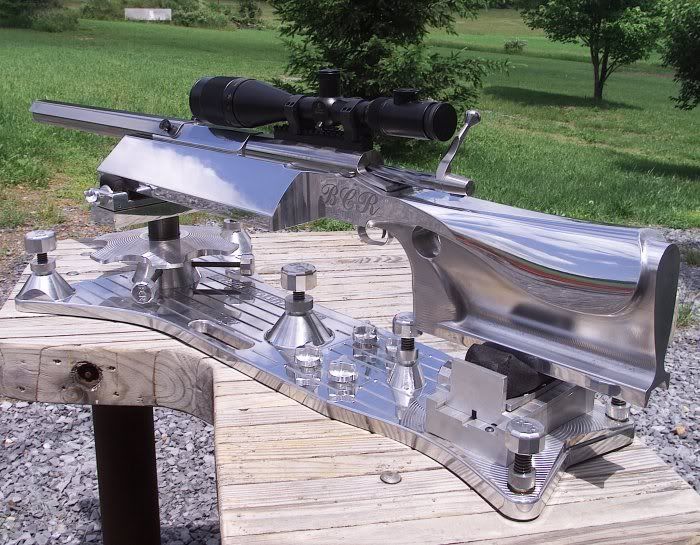The air pockets come from 2 things how you mix it and how you apply it. If you mix it by stirring it in a cup and then kinda plop it into the stock you will have air pockets. I mix mine on a flat board (non porus) plactic, metal, glass, sealed wood, even stiff cardboard or card stock will work using a wide blade mixer like a putty knife keeping the mix thin during the last of the mixing. If you have ever made biscuits its the same you fold the mix not stir it. Then when you apply it you also need to work it into the area not just daub it in. I hope this helps.
Also look into how much force or crushing pressuer can be generated with an action screw at 30-40 lbin. There is a formula for it that I have forgotten, it will blow your mind. You are getting the bedding over the pillar either because your pillar is too deep in the stock (the action is hitting somewhere else first) or the action isn't being pulled down to the pillar when it is being bedded. Kinda common sense but maybe it will help you figure it out.
Also look into how much force or crushing pressuer can be generated with an action screw at 30-40 lbin. There is a formula for it that I have forgotten, it will blow your mind. You are getting the bedding over the pillar either because your pillar is too deep in the stock (the action is hitting somewhere else first) or the action isn't being pulled down to the pillar when it is being bedded. Kinda common sense but maybe it will help you figure it out.





